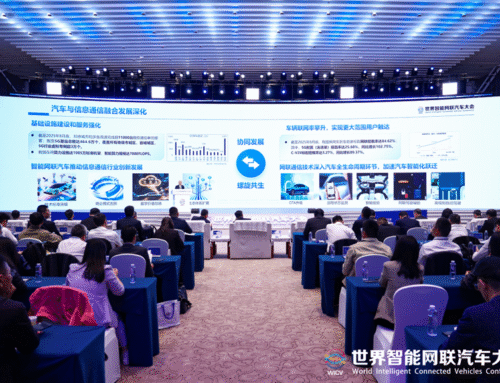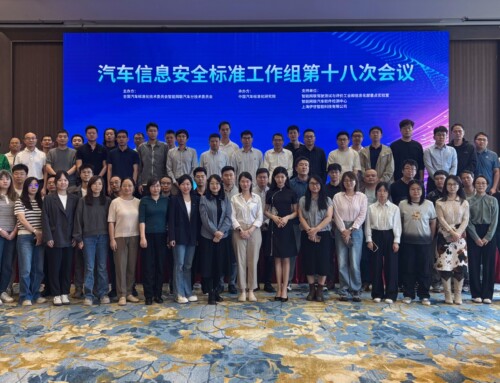On September 7, 2022, the National Technical Committee of Automobile Standardization (SAC/TC114) solicited comments on the national standard General Technical Requirements for Intelligent Connected Vehicle Autonomous Driving System (Draft for Comments), with a deadline of November 6.
With the development of autonomous driving technology, autonomous driving related products have attracted wide attention from the industry. However, the safety performance of autonomous driving vehicles is uneven at present, and unified technical specifications are urgently needed to guide the healthy development of the industry. The formulation and implementation of this standard will standardize the basic requirements of automotive autonomous driving systems and, together with relevant test method standards, support the development of autonomous driving technology and the supervision of the industry. As a result, this would ultimately promote the popularization and application of autonomous driving technology.
In December 2017, MIIT and SAC jointly issued the Guidelines for the Construction of National Industrial Standards System for Internet of Vehicles (Intelligent Connected Vehicles), putting forward a complete plan for the construction of China’s intelligent connected vehicle standards system. This standard is one of 11 general standards for the standards systems and can provide support for the subsequent introduction of laws, regulations and mandatory standards for autonomous driving.
This standard specifies the overall requirements, dynamic driving task execution requirements, dynamic driving task backup requirements, man-machine interaction requirements, and the instructions for autonomous driving system. It is applicable to Class M and Class N vehicles equipped with autonomous driving systems.
This standard was developed based on UN Regulation R157 “Automatic Lane Keeping System (ALKS)”, but it has also been modified in light of the current industrial situation in China.
UN regulation R157 “automatic lane keeping system (ALKS)” has the following restrictions :
(1) physically separated roads that prohibit pedestrians and bicycles, which in short mainly refers to highways, urban expressways, etc.;
(2) ADS speed is limited and should not be higher than 60km/h;
(3) need to take over;
(4) Passenger cars.
In contrast to R157, this document is applicable to all ADS and regulates the general requirements of ADS, which is more widely applicable than ALKS. For takeover, intervention, activation, exit and other contents, the relevant performance requirements refer to the relevant requirements of ALKS on the premise of considering the actual situation of the Chinese industry.




